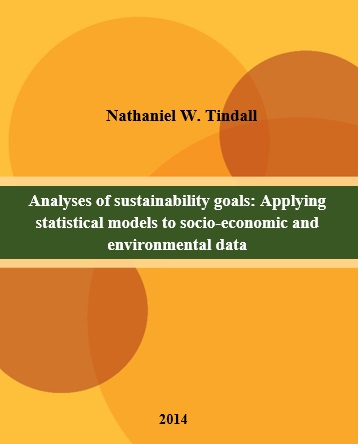| dc.description.abstract | The Expert Working Group on “Improving the Role of Government in the Promotion of Environmental Management Accounting (EMA)” was set up by the United Nations Division for Sustainable Development (UN DSD) in cooperation with a number of government agencies and non-governmental experts to promote Environmental Management Accounting (EMA) through publications, pilot projects and by establishing an international forum for discussion on the role of governments in the promotion of EMA. EMA, Environmental management accounting represents a combined approach that provides for the transition of data from financial accounting, cost accounting and mass balances to increase material efficiency, reduce environmental impacts and risks and reduce costs of environmental protection. EMA is performed by private or public corporations, but not by nations and has a financial as well as a physical component. The core focus of environmental management accounting and of the EMA UN DSD methodology is assessment of total annual environmental expenditure on emission treatment, disposal, environmental protection and management. In addition, and that is new and challenging for most companies, the material purchase value of all non-product output and its production costs are added. This total sum often provides a frightening picture of total annual costs of inefficiency and gets companies to improve their information systems and material efficiency options, which is the goal in the light of cleaner production. The first book published by the Expert Working Group, Environmental Management Accounting—Procedures and Principles (Jasch, C., United Nations, New York, 2001), defines principles and procedures for EMA, with a focus on techniques for quantifying environmental expenditures or costs, as a basis for better controlling and benchmarking purposes. The methodology excludes costs external to the company (so-called externalities, e.g. environmental and social effects that occur to the general public), but focuses on comprehensive assessment of direct annual expenditure on emission treatment, environmental protection and management as well as wasted material and energy input (efficiency losses in production). Firstly, total annual expenditure is assessed, then improvement options, savings and investment projects as well as product prices can be (re-)calculated. The method is currently applied in several case studies. The following summary provides some of the core definitions and generic assessment tables. | |


